Coxswains: Take better command of your boat
Being small and loud isn't enough to make you a respected or successful coxswain.
You need to know basic commands, as well as more advanced concepts about boat set, technique, and keeping your crew safe on water and on land. Check out this list of coxing commands that every coxswain should use to take command of a boat.
Adjust the ratio (or Ratio Shift)
Used to correct either a rush or sluggishness on the recovery. The ratio compares the time spent pulling the blade through the water to the slide speed of the recovery. At lower ratings, this ratio might be 1:3 or even a larger ratio (1:5). Ask your coach what she prefers.
Arms across
Reach your arms across the hull and grab on to both sides. Used when lifting a boat out of slings or out of the water.
Back it
Turn the blades around in the oarlocks and row backwards. Usually done by pairs or fours, this command is used when you need to back off the start line, back into a stake boat, or generally back up to avoid bumping into something. Rowers "backing" should row arms and body only. Additional rowers in the boat should tip their blades back a little towards bow to avoid them getting pulled under the surface of the water.
Catch/finish together
A reminder to the crew to align their catch/finish timing. Let individual rowers know if their timing is off. "Three seat, you're a half-second late at the finish." Instead of "Starboard side get your finishes together."
Check it down
Turn the blades at a slight angle into the water to slow and/or stop the boat from moving forward or backward. Having only one side check their blades results in a turn to that side.
Down and away
Tap the handle down at the finish to give the blade more height off the water.
Even it out
Both sides pull with even pressure. Remind your crew what pressure you want (50%, 75%, full) otherwise this command is meaningless.
Every other under
Every other person move to the other side of the boat, either to have everyone on the same side, or half the people on one side and half on the other. (Used when taking a boat off of a waist-high rack).
Feather
Roll the blades to the feathered position.
Hands on
Grab onto the boat by the gunwales and prepare to move it.
Hold water
Square up the blades and place them in the water. Used to keep the boat from drifting in current or wind.
Heads up
Pay attention, something to watch out for is near you. This should always be used when someone may not see your shell coming at them such as when leaving the boathouse.
In Two
Rowers wait two strokes and on the third stroke, do whatever the coxswain instructed. “Bow pair, add in in two. One. Two. (third stroke) Bow pair in.” Used on the water to denote stroke counts.
Lean Away
Lean in the opposite direction (usually away from the dock or from the side on which someone has caught a crab) to allow more room for the necessary action to occur.
Let it run
Oarsmen stop rowing at the finish with hands away and allow the boat to glide (run) across the water's surface without the blades touching it.
Oars across
Run the oars out into their oarlocks so the blades rest on the water. This must be done at the dock to create stability before rowers and coxswains get in to the boat.
Oars to the gunwales
Push the oar handle down so it touches the sides of the boat. Used sometimes during drills to work on set.
Paddle
Row at no pressure and low stroke rating.
Roll (it up)
1. When out of the water, roll the boat from the waist position to the over the heads position or vice versa.
2. When on the water, roll the blade from feather to square.
Set it up
Balance the boat by making small adjustments to handle heights or applying slight pressure with one’s feet – never shift body weight or lean to one side!
Square
Turn the blade so that it is perpendicular to the water.
Tap it
A command for someone to row gently to align or position the boat. You can also be really specific and call "Tap it arms only," or "Tap it arms and body only."
Toes to the edge
Put your toes to the edge of the dock so the boat can be rolled directly into the water.
Up And over heads
Lift the boat to over the heads position, usually called when rowers are carrying the boat at shoulders. Make sure the rowers have a hand on each gunwale before taking it overheads.
Up/Down to shoulders (waist, ankles, etc.)
To lift the boat so that the gunwales of the boat rest on or near the shoulder (waist, ankles, etc.).
Weigh/way enough
Stop whatever you are doing such as rowing, a drill, etc. and site easy with blades on the water.
Want more coxing tips? Read these posts on Coxing Tips, and taking control of your boat on land.

